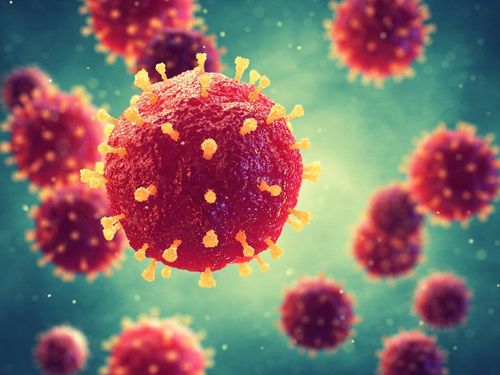This is an automatically translated article.
Epidemiology is an integral component of public health, providing the foundation for directing appropriate and factual public health action based on causal science and reasoning. Although epidemiology has flourished since the Second World War, it has its roots in Hippocratic observations more than 2000 years ago.
1. Origin of epidemiology
Epidemiology dates back to observations from the time of Hippocrates more than 2000 years ago. At that time, it was assumed that environmental factors influenced the occurrence of the disease.
However, it was not until the nineteenth century that there were concrete measures of the distribution of disease in large groups of human populations. This period marked the official beginning of epidemiology and included some of the most impressive achievements of the discipline.
Comparisons of disease incidence among human populations were common in the late nineteenth and early twentieth centuries. This approach was originally applied to the control of infectious diseases, and has also proven to be an effective method for characterizing the association between conditions or environmental agents with specific diseases. .
Not only stopping at infectious diseases, epidemiology has been applied to chronic non-communicable diseases such as heart disease, cancer.

Cuối thế kỷ mười chín và đầu thế kỷ hai mươi dịch tễ học được ứng dụng vào việc kiểm soát các bệnh truyền nhiễm
2. Evolution of basic epidemiology
Around 400 BC: Hippocrates attempted to explain the occurrence of illness from a rational rather than a supernatural point of view. In one of their essays, the Hippocrates group proposed that environmental and host factors such as behavior could influence the development of the disease.
1662: An early contributor to epidemiology, John Graunt, published a landmark analysis of mortality data. This is the first time in history to quantify patterns of birth, death, and disease, noting disparities between men and women, differences in ethnicity from rural areas, and seasonal variation.
1800: William Farr builds on Graunt's work by systematically collecting and analyzing mortality statistics in England. William Farr is considered the father of modern vital statistics and surveillance, having developed many of the basic practices used today in vital statistics and classification of diseases.
He collected key statistics, aggregated and evaluated them, and reported them to responsible health authorities and the public.
1854: twenty years before microscopy was developed, John Snow conducted a series of studies on cholera outbreaks to discover what caused the disease and prevent its recurrence.
In 1854, when a cholera epidemic broke out in London Square, Snow conducted an investigation to determine where the cholera people in the area lived and worked. And he marked each cholera patient's residence on a map of the area. Now, this type of map, called a point map, shows the geographic distribution of cases.

Phương pháp dịch tễ học loại trừ bệnh đậu mùa trong những năm 1960 và đầu những năm 1970
19th and 20th centuries: in the mid and late 1800s, epidemiological methods began to be applied in investigating the occurrence of diseases. At that time, most investigators focused on acute infectious diseases.
During the 1930s and 1940s, epidemiologists extended their methods to non-infectious diseases.
The period since World War II has seen an explosion in the development of research methods and the theoretical underpinnings of epidemiology. Epidemiology has been applied to the whole spectrum of health-related outcomes, behaviors, and even knowledge and attitudes.
During the 1960s and early 1970s, health workers adopted epidemiological methods to naturally eliminate smallpox worldwide. This is an achievement in applied epidemiology of unprecedented proportions.
During the 1980s, epidemiology was extended to the study of injury and violence.
During the 1990s, the related fields of molecular and genetic epidemiology expanded epidemiology to consider the specific pathways, molecules, and genes that influence the risk of developing disease.
Meanwhile, infectious diseases continue to challenge epidemiologists as new infectious agents emerge such as Ebola virus, human immunodeficiency virus (HIV) / Acquired Immune Deficiency Syndrome (Acquired Immune Deficiency Syndrome). AIDS), severe acute respiratory syndrome (SARS),...
Today, public health workers worldwide accept and use epidemiology frequently to describe public health and to solve everyday problems.
Modern epidemiology is a relatively new discipline that uses quantitative methods to study disease in human populations, with information for efforts to prevent and control disease.
Please dial HOTLINE for more information or register for an appointment HERE. Download MyVinmec app to make appointments faster and to manage your bookings easily.
References: cdc.gov; apps.who.int












